Nestled in a grand Kopje in Northern Serengeti, this beautiful lodge we call home, shares its environment with many, very cute animals. From Dwarf Mongooses scurrying along the paths, to the Klipspringer standing guard on the rocks, to the ever-curious Hyraxes that lounge on our decks. From mid-morning to the late evening you can see them relaxing and enjoying the sun’s rays.
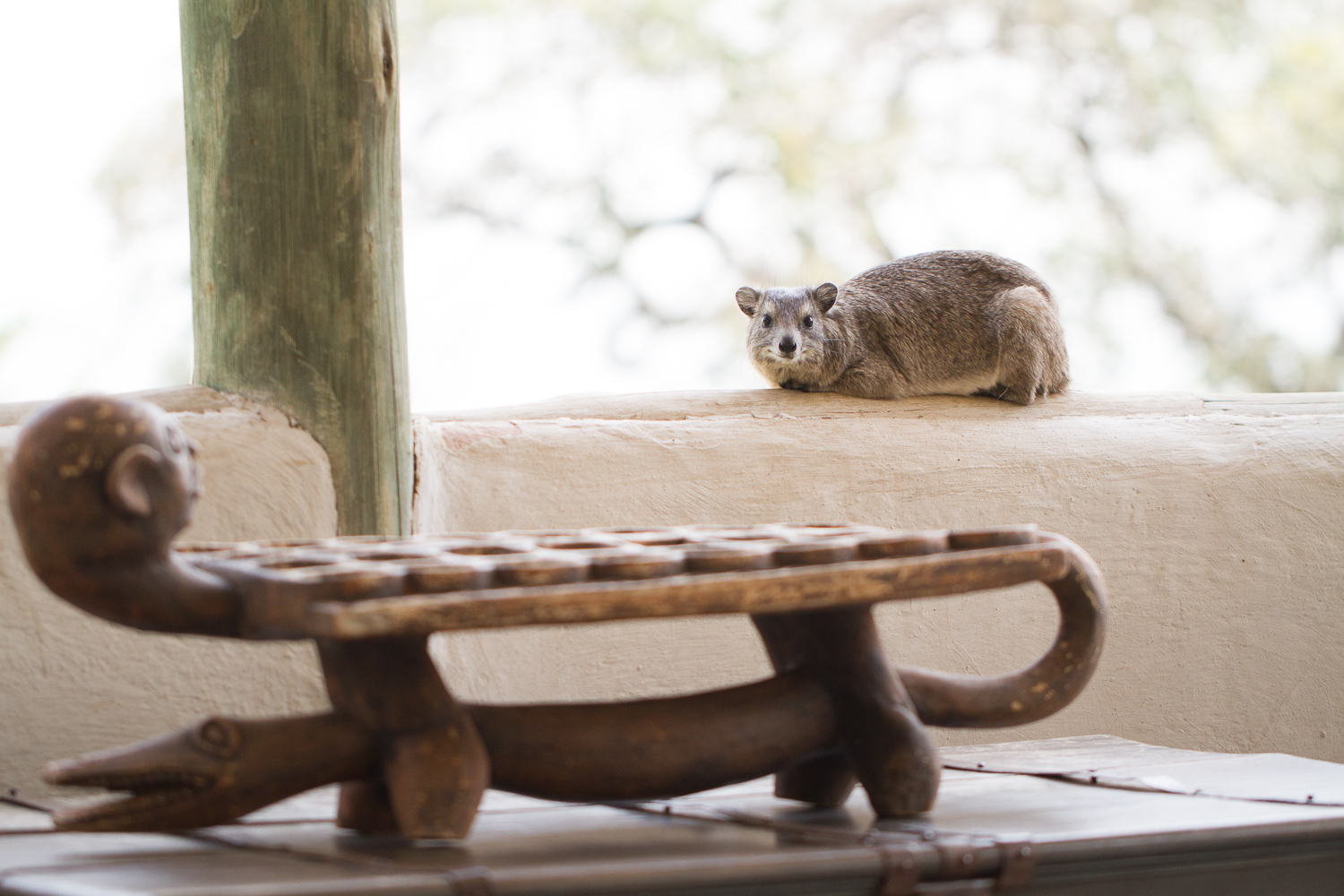
(One of the residents making sure we are hard at work)
They have become such an important part of our lives in such a short time and I couldn’t imagine a day that they aren’t around. Their level of comfort around individual people they have never met before is admirable and they have made us feel such at home in Lamai.
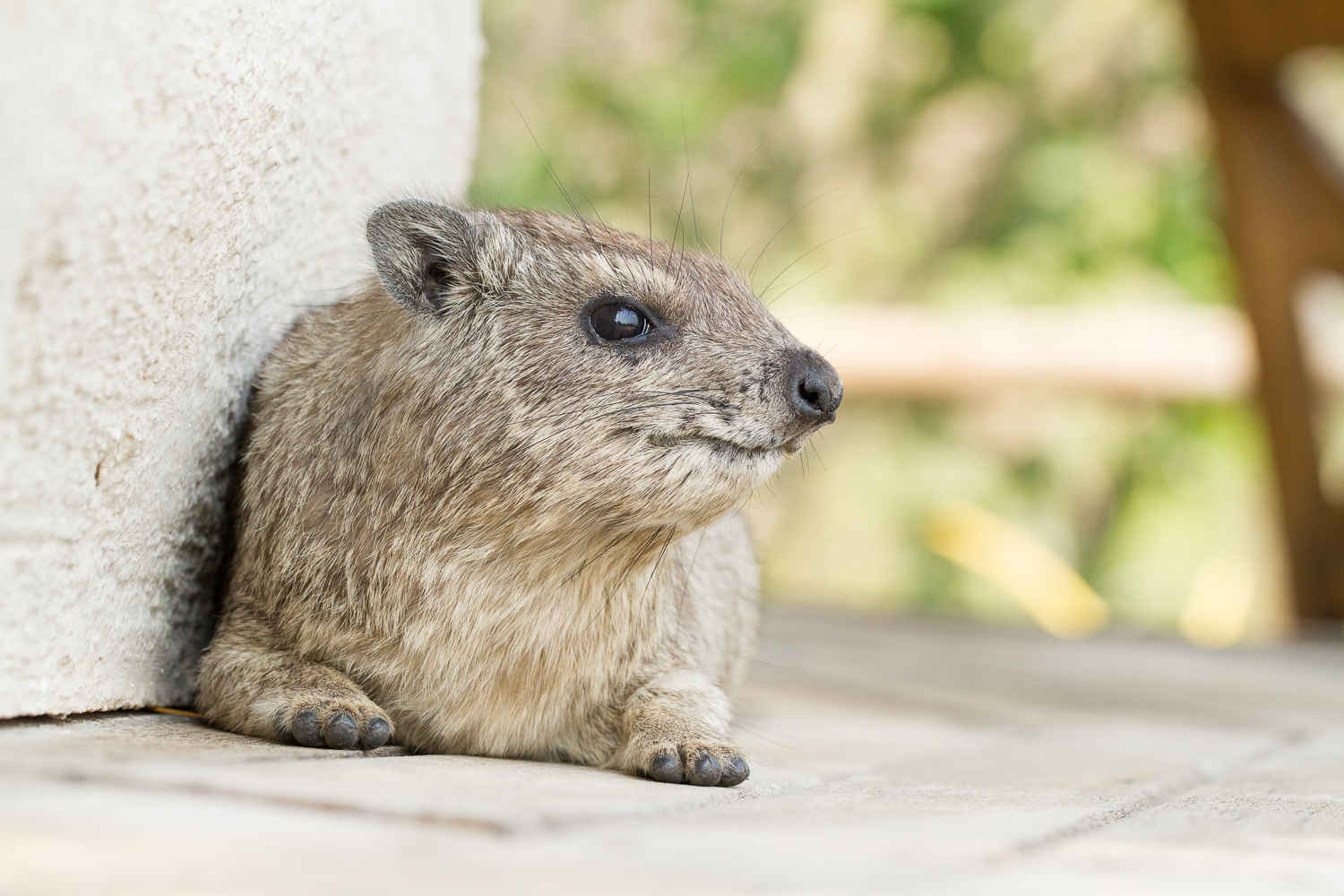
(This one was comfortable enough for me to crouch down about a meter away and capture this image)
Many people see Hyraxes whilst on safari, but what are Hyraxes exactly and what do we actually know about them?
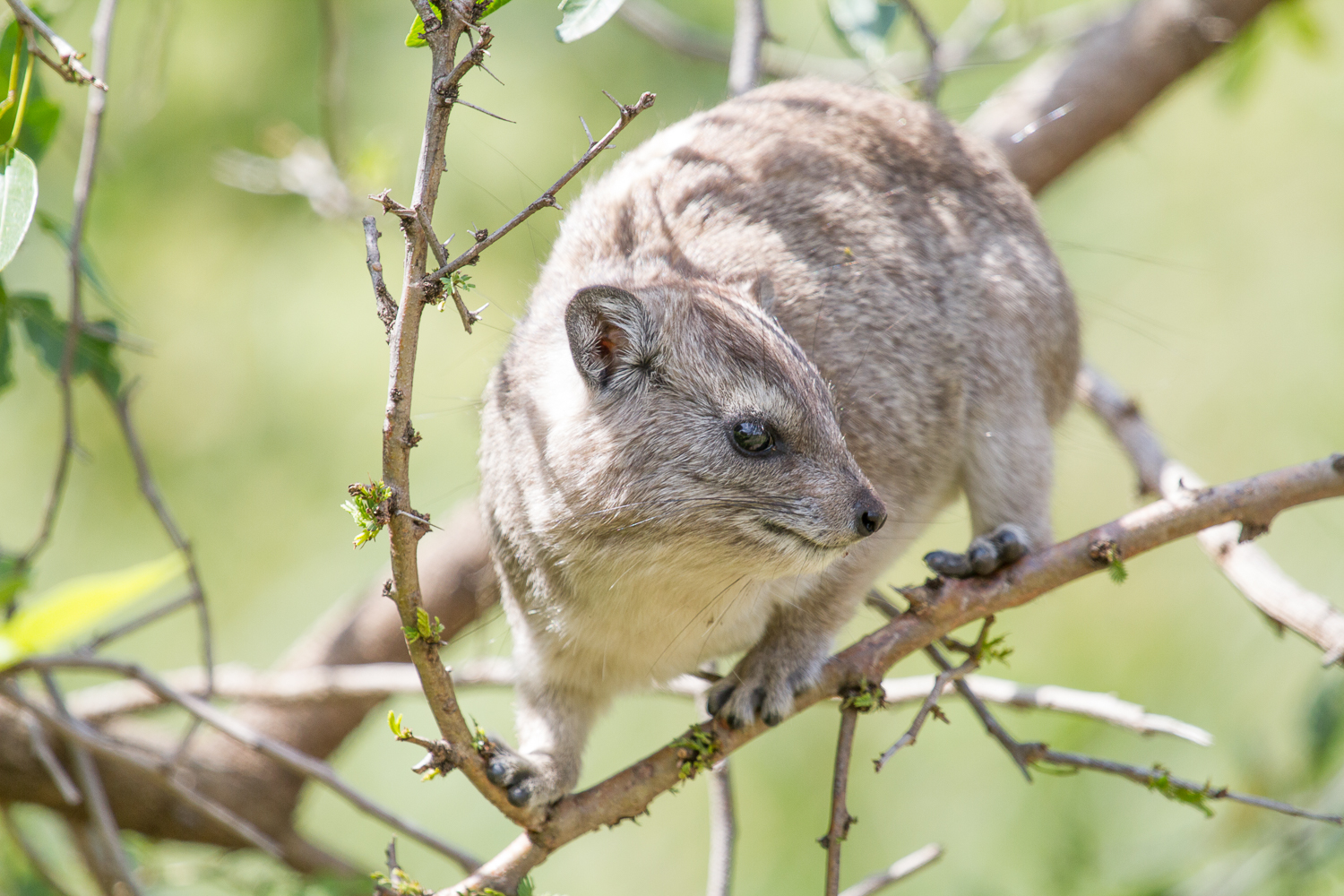
(Hyraxes are incredible climbers, often balancing on very thin branches)
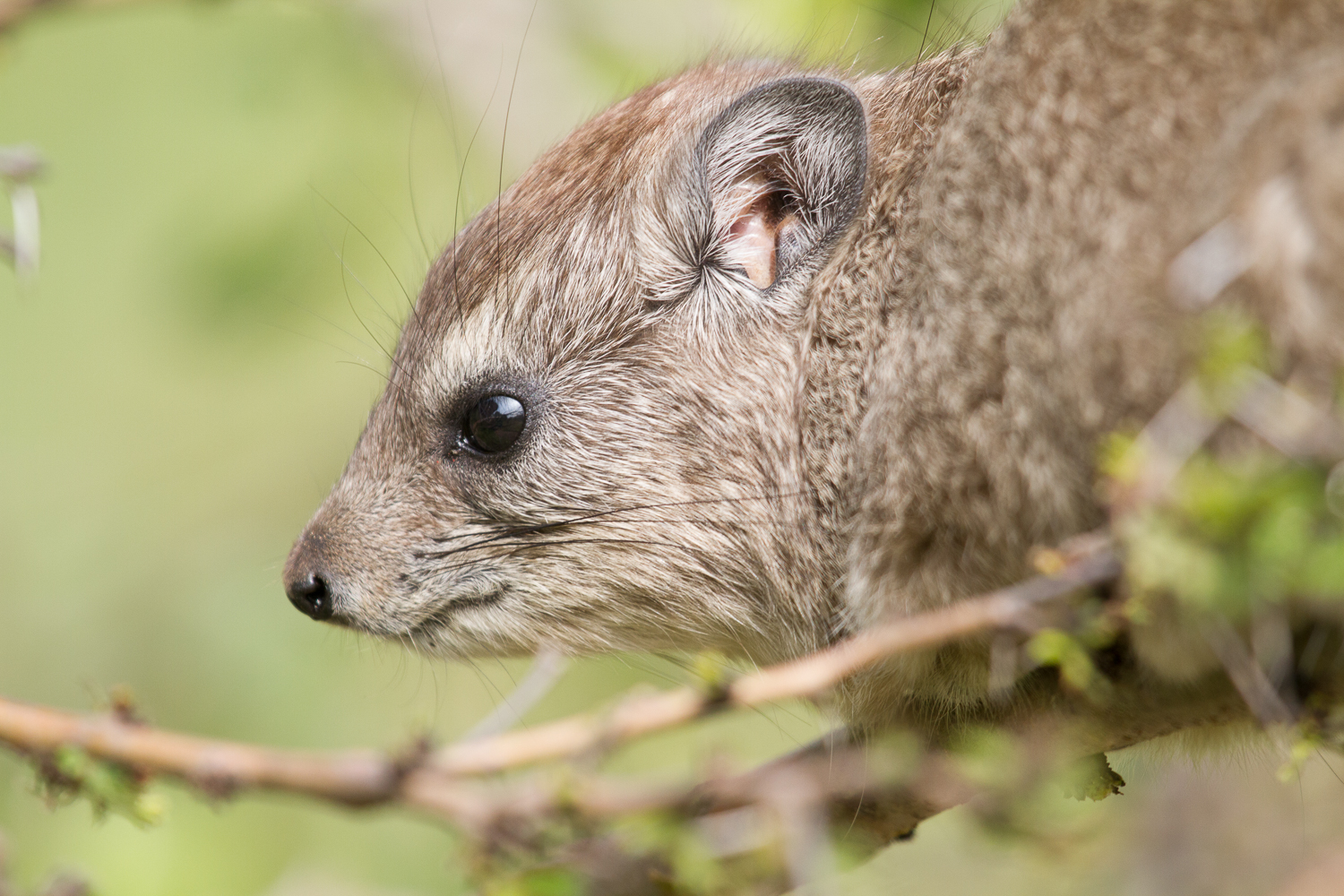
(Hyraxes love eating new buds and shoots that come after the rains)
Hyraxes belong to a grouping of mammals called Afrotheria, that are living in Africa or have their origins in Africa. All Afrotherians share the exact same ancestor and come from the same branch on the Tree of Life. Can anyone guess any other Afrotherians?
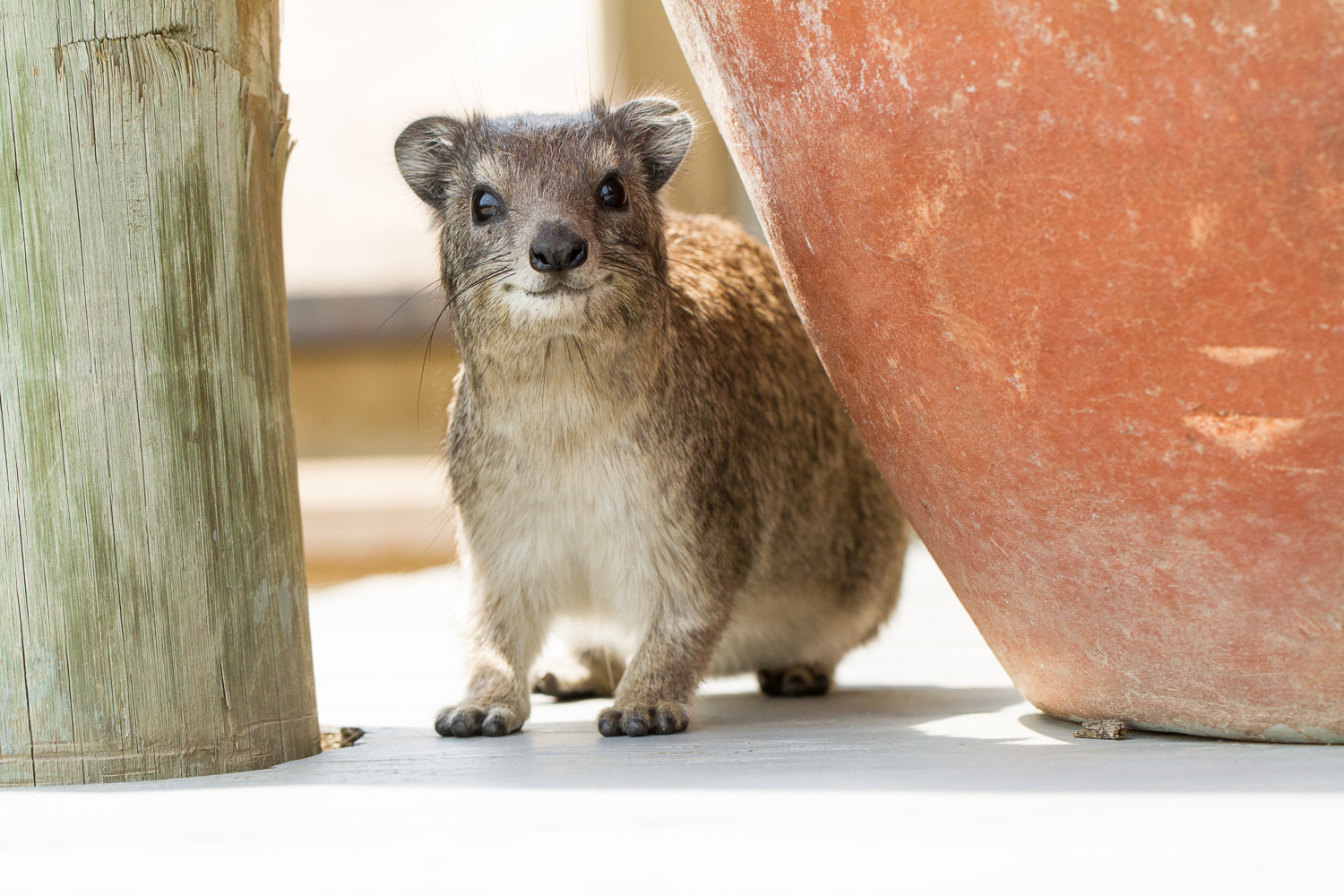 (One of his closest cousins is the largest land mammal on earth)
(One of his closest cousins is the largest land mammal on earth)
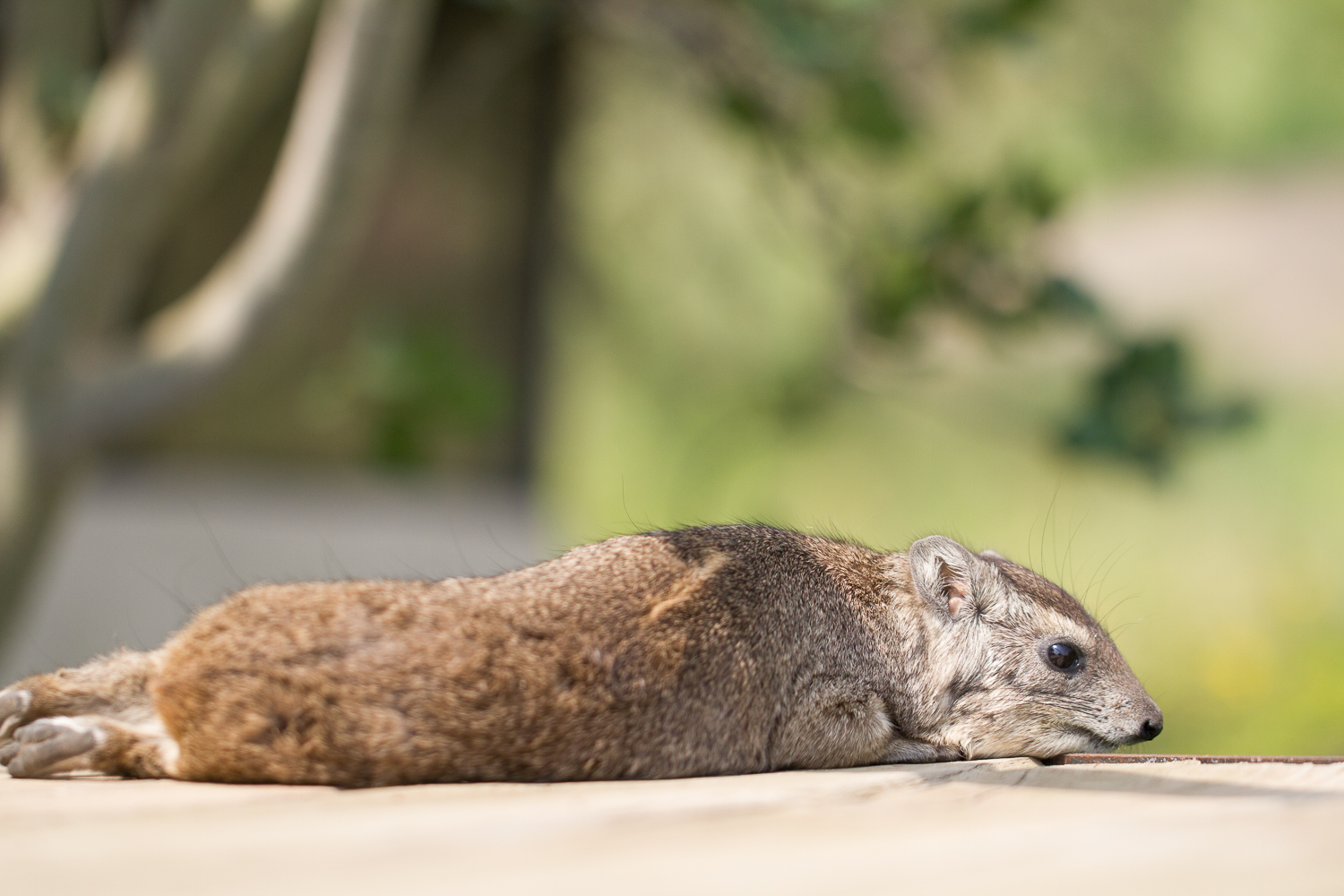
(A Hyraxes gestation period is 6 – 7 months, incredibly high for a mammal of this size)
Other Afrotherians that you may have heard of are Elephants, Dugongs, Manatees, Shrews, Moles and Aardvark, and out of the living Afrotherians today, the Hyraxes closest cousins alive are the Elephant, Dugong and Manatee. Although all Afrotherians share few anatomical features, these ones in particular have similarities in their reproductive system and their tooth structure.
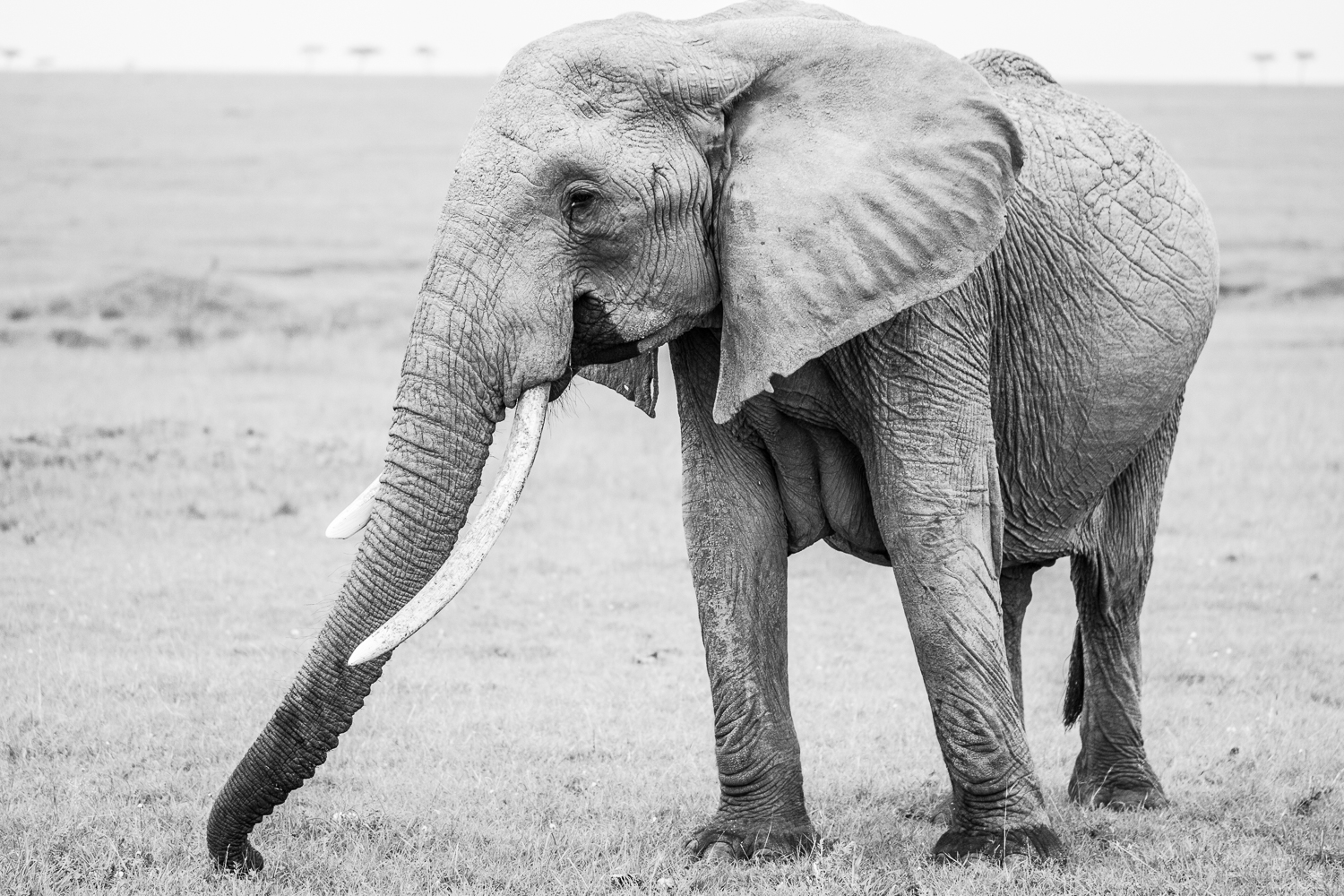
(Just like Elephants, Male Hyrax have tusks that grow from their incisor teeth)
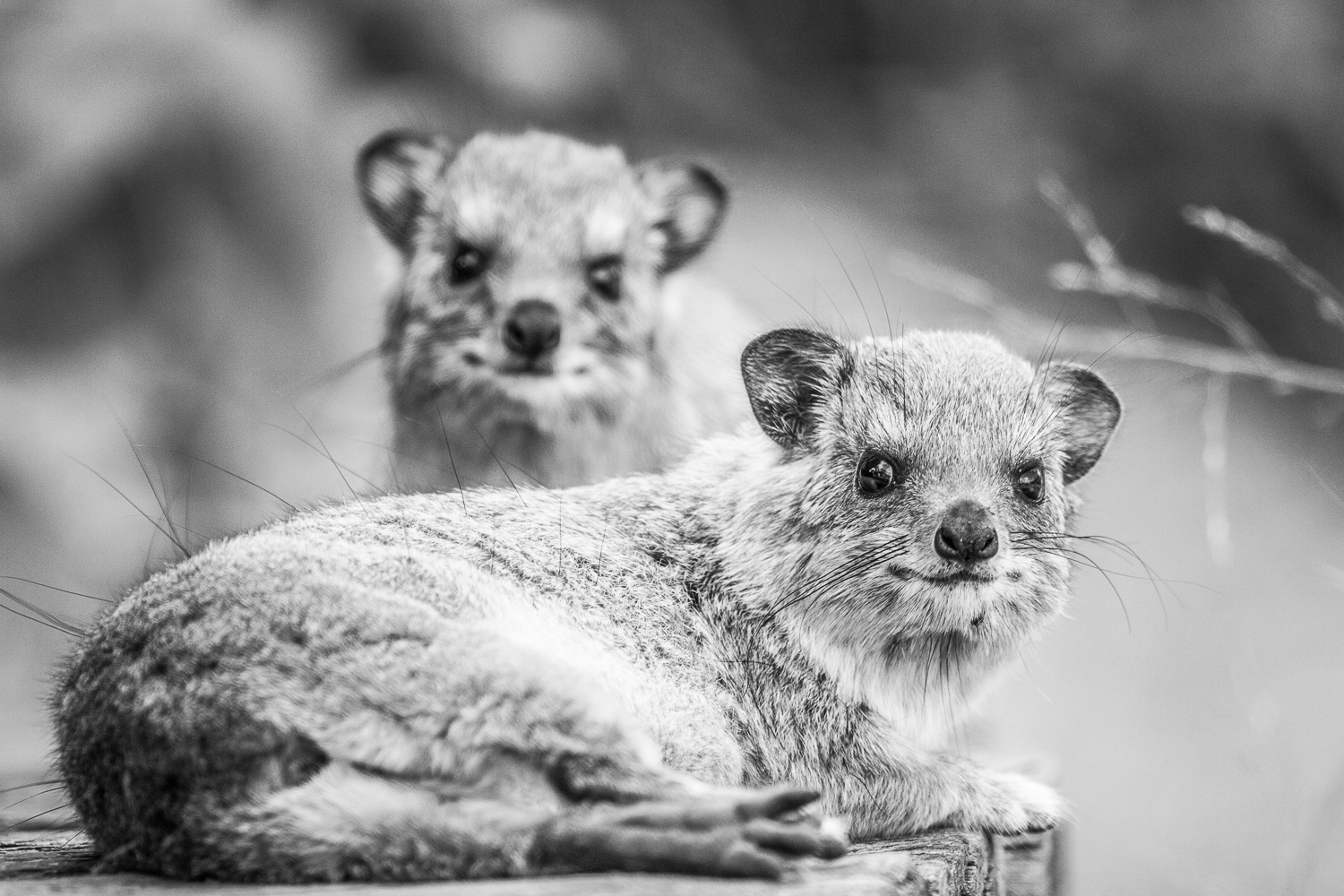
(Just like the Elephant, male Hyraxes don’t have an external scrotum, their testicles are tucked away in their abdominal cavity)
It’s hard to believe that something so small is the cousin of the mighty Elephant, but it just shows how much there is to learn about wildlife. Next time you are on safari, make sure you put this knowledge to the test and impress your guide! Stay posted for our next blog on Elephants.
